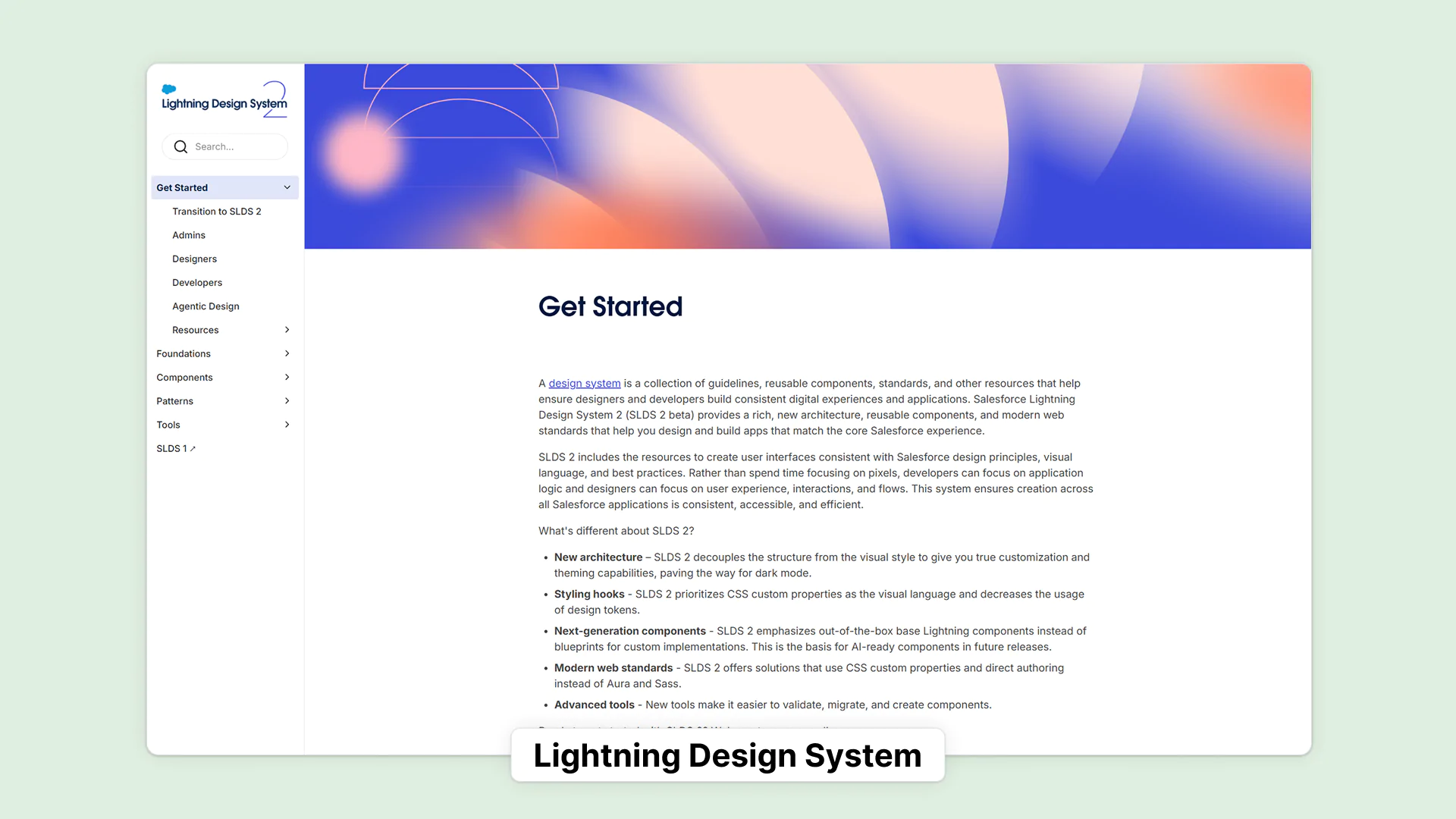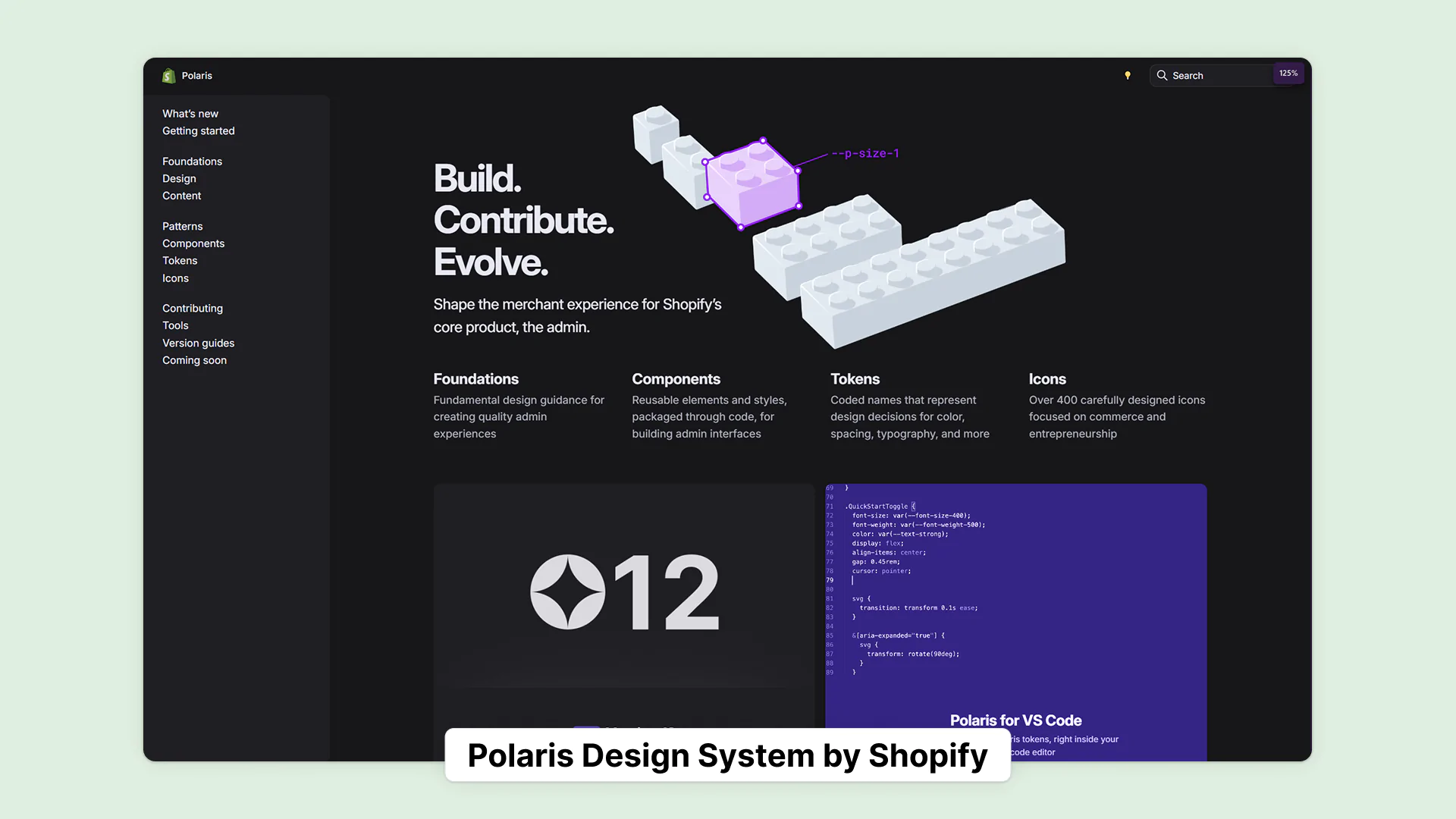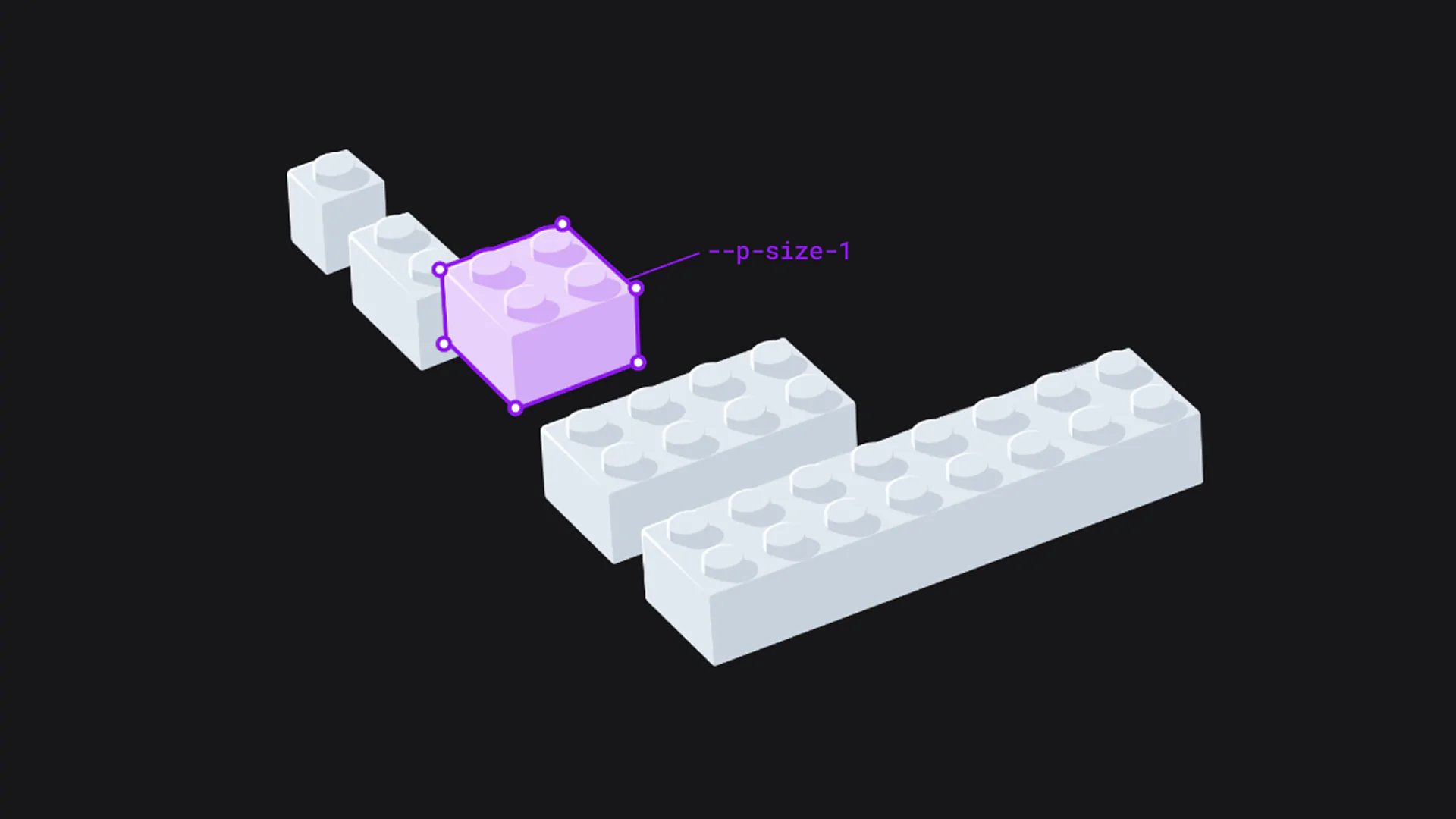In the fast-paced world of UI/UX design, staying updated with the latest design systems is crucial for creating intuitive and user-friendly digital products.
Design systems not only streamline the design process but also ensure consistency across various platforms.
Here, we explore five design systems that every UI/UX designer should study to maximize their effectiveness and enhance user experiences.
1. Material Design by Google
Material Design is one of the most comprehensive and widely used design systems in the industry.
Developed by Google, it provides detailed guidelines on everything from typography and color to motion and interaction design.
The system is built on the principles of material metaphors, which mimic the physical world to create intuitive and engaging user interfaces.

Key Features:
- Typography and Color: Material Design offers a robust set of typography styles and color palettes that ensure readability and visual hierarchy.
- Motion Design: It emphasizes the use of motion to guide users and provide feedback, making interactions more intuitive.
- Components: The system includes a vast library of reusable components, such as buttons, cards, and dialogs, which can be easily integrated into any design project.
Why Study Material Design? Material Design is not just a set of guidelines; it’s a philosophy that prioritizes user experience.
By studying Material Design, designers can learn to create interfaces that are both aesthetically pleasing and highly functional.
The system’s emphasis on accessibility and responsiveness makes it a valuable resource for designing inclusive digital products.
2. Atlassian Design System
The Atlassian Design System is tailored for teams and individual designers looking to improve productivity and collaboration.
Known for its agile practices and efficient tracking, this design system is reflected in Atlassian’s globally used tools like Trello and Jira.

Key Features:
- Agile Practices: The system incorporates agile methodologies to streamline the design process and ensure efficient project management.
- Collaboration Tools: It includes features that facilitate real-time collaboration and feedback, making it easier for teams to work together.
- Consistency: The design system ensures a consistent look and feel across all Atlassian products, enhancing brand recognition and user trust.
Why Study Atlassian Design System? For designers working in collaborative environments, the Atlassian Design System offers invaluable insights into creating cohesive and efficient design workflows.
Its focus on agile practices and team productivity makes it an excellent resource for improving project delivery and development.
3. Lightning Design System by Salesforce
Salesforce’s Lightning Design System is designed to improve marketing, commerce, IT, service, and sales efforts.
It reflects Salesforce’s core values and emphasizes the importance of intentional design in creating meaningful user experiences.

Key Features:
- Component Library: The system includes a comprehensive library of Lightning components that can be easily customized and integrated into various projects.
- User-Centric Design: It prioritizes user needs and preferences, ensuring that designs are intuitive and easy to navigate.
- Consistency: The design system ensures a consistent user experience across all Salesforce products, enhancing brand loyalty and user satisfaction.
Why Study Lightning Design System? The Lightning Design System is a great example of how intentional design can drive business success.
By studying this system, designers can learn to create user-centric interfaces that align with business goals and enhance user engagement.
4. Carbon Design System by IBM
IBM’s Carbon Design System is built on the principles of simplicity, consistency, and scalability.
It provides a comprehensive set of guidelines and components that help designers create cohesive and intuitive user experiences.

Key Features:
- Simplicity: The system emphasizes clean and straightforward designs that are easy to understand and use.
- Consistency: It ensures a consistent look and feel across all IBM products, enhancing brand recognition and user trust.
- Scalability: The design system is built to scale, making it easy to adapt to different projects and platforms.
Why Study Carbon Design System? The Carbon Design System is a testament to the power of simplicity and consistency in design.
By studying this system, designers can learn to create interfaces that are not only visually appealing but also highly functional and scalable.
5. Polaris Design System by Shopify
Shopify’s Polaris Design System is designed to help merchants create seamless and intuitive shopping experiences.
It provides a comprehensive set of guidelines and components that ensure consistency and usability across all Shopify platforms.

Key Features:
- Merchant-Focused: The system is tailored to meet the needs of merchants, ensuring that designs are optimized for e-commerce.
- Consistency: It ensures a consistent user experience across all Shopify products, enhancing brand loyalty and user satisfaction.
- Usability: The design system prioritizes usability, making it easy for users to navigate and interact with Shopify platforms.
Why Study Polaris Design System? For designers working in the e-commerce space, the Polaris Design System offers valuable insights into creating user-friendly and consistent shopping experiences.
Its focus on merchant needs and usability makes it an excellent resource for enhancing user engagement and satisfaction.
Conclusion
Studying these five design systems can significantly enhance a UI/UX designer’s skill set and understanding of creating intuitive and user-friendly digital products.
Each system offers unique insights and best practices that can be applied to various design projects. By incorporating these design systems into their workflow, designers can ensure consistency, scalability, and user satisfaction in their designs.


